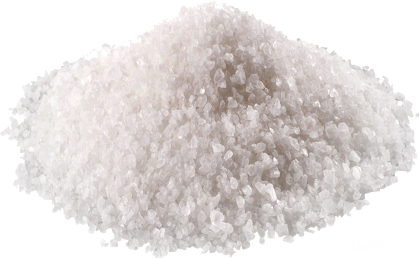Chemical industrial

The chemical industry is by far the largest consumer of salt.
lt is the raw material for the production of chlorine (Cl) and caustic soda (sodium hydroxide, NaOH). they are produced by the electrolysis of salt in the form of brine by the mercury cell process, the diaphragm cell process, and the membrane cell process (for more information, please visit www.eurochlor.org).
Chlorine, which is one of the most abundant and common chemical elements on Earth, is an extremely effective disinfectant and essential component in the chemical manufacture of thousands of vitale products used every day, such as PVC (construction and houses), for instance.
Caustic soda solution is an essential ingredient in many industrial operations, including pulp and paper, detergent and the chemical processsing industry.
Soda ash is one of the three main ingredients for glassmaking, in which it lowers the temperature of the melt.
It is also used in alumina, petrochemical and textile industries. Soda ash is one of the three main ingredients for glassmaking, in which it lowers the temperature of the melt. Soda ash is also the raw material for the production of many sodium compounds, such as sodium silicate, sodium bicarbonate and sodium tripolyphospate. Furthermore, the pulp and paper industry uses soda ash in the chemical pulp manufacturing process.
Other applications within the chemical industry include:
- Pulp and paper industry.
- For pulping and neutralization.
- For washing and bleaching.
- For the processing of waste paper.
- Textiles: For example leather tanning; For the finishing of wool and cotton and for dyeing and bleaching; For deacidification in the production of spun rayon,
Waste and water treatment,
Petroleum additives.
